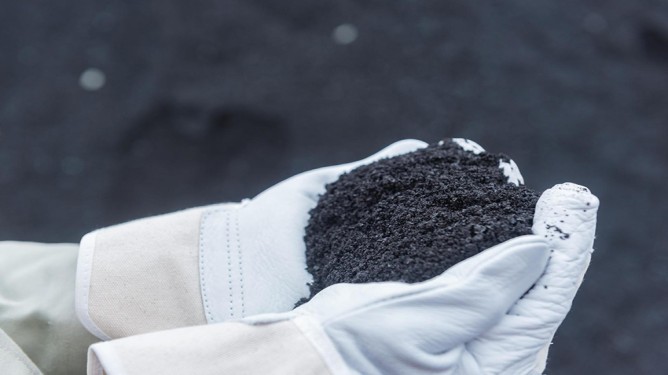How to deal with steel slag as a usable resource

The main uses for steel slag in several of the world’s leading steel-producing nations are iron selection, cement raw materials, road construction materials, municipal engineering materials, fertilizers, and soil conditioners. A portion of the slag is returned to blast furnaces and sintered as a flux. However, the comprehensive utilization of steel slag is uneven across countries.
Resource Utilization of Japanese Steel Slag: Most Japanese steel slag is crushed and magnetically separated to recover scrap steel. The remaining tailings are almost entirely used for cement, road construction, concrete aggregates, and civil engineering materials. Japan has also developed new processes for using steel slag to improve the marine environment—using it to remediate marine environments. Steel slag contains large amounts of divalent iron (FeO) and SiO2, which are essential for algae growth. It can be used as a substrate and fertilizer for creating seaweed beds in nutrient-depleted waters. Furthermore, the CaO in steel slag converts phosphorus, which contributes to nutrient enrichment in enclosed seas, into apatite for solidification. Steel slag is alkaline and contains iron, which inhibits the conversion of sulfides deposited in dredged depressions and on the seafloor to hydrogen sulfide. Therefore, steel slag can be used to inhibit eutrophication and improve seafloor quality. Steel companies such as Sumitomo Metal and Nippon Steel are using this method to improve Japan’s coastal waters. JFE Steel Corporation has successfully developed the use of steel slag to create artificial reefs. After crushing steel slag to recover some of the scrap steel, the company injects CO2 to react with the CaO in the tailings to form porous CaCO3 blocks. These blocks are then sunk to the offshore seabed, where algae grow on the porous reefs, improving the marine ecosystem. This method is now being implemented in coastal waters of Japan.
Resource Utilization of German Steel Slag. German steel slag has a high utilization rate and can replace mineral materials in civil engineering, road construction, water conservancy, and railway engineering. It can also be used as agricultural fertilizer and incorporated into sintering and blast furnaces for reuse. German steel slag treatment primarily involves hot pouring and other specialized processing methods. For stable slag, ultra-slow cooling is used to achieve a particle size of 100 to 500 mm, meeting the coarse particle size requirements for water conservancy projects.
Resource Utilization of American Steel Slag. In the United States, steel slag has reached a balanced use and discharge, with 37% used in roadbed construction, 22% in backfill, and 22% in asphalt concrete aggregate. The remaining slag is recycled within steel companies, used in cement production, and used as fertilizer for soil improvement.
Use of steel slag in the UK: The UK has developed a dry granulation process for steel slag processing. Steel slag is primarily used in asphalt concrete, mass concrete, asphalt road skeleton materials, and road construction materials. Dry granules can be used as cement supplements or fillers.
Use in other countries: A small portion of Canada’s steel slag is used in sintering, blast furnaces, and other recycling applications, as well as in road construction. The majority is stored locally or transported to other locations for backfill. Turkey and other countries have also begun researching the use of steel slag as a cement admixture, but there are no reports of large-scale application. South Africa, with its acidic soil, uses some of its steel slag as a soil conditioner, while the remainder is landfilled or stored. Sweden reconstitutes the slag by adding carbon, silicon, and aluminum to molten steel slag, then recovers the slag tailings for cement production.
Currently, the resource utilization of steel slag is primarily focused on the construction and building materials industries. Its use in cement, concrete, pavement, and building materials is a promising development direction, with broad market prospects. Countries with more developed steel industries have conducted extensive research and invested heavily in this area, achieving significant results and essentially achieving “zero” slag emissions. However, other countries, for the most part, store slag, with less than ideal utilization.
